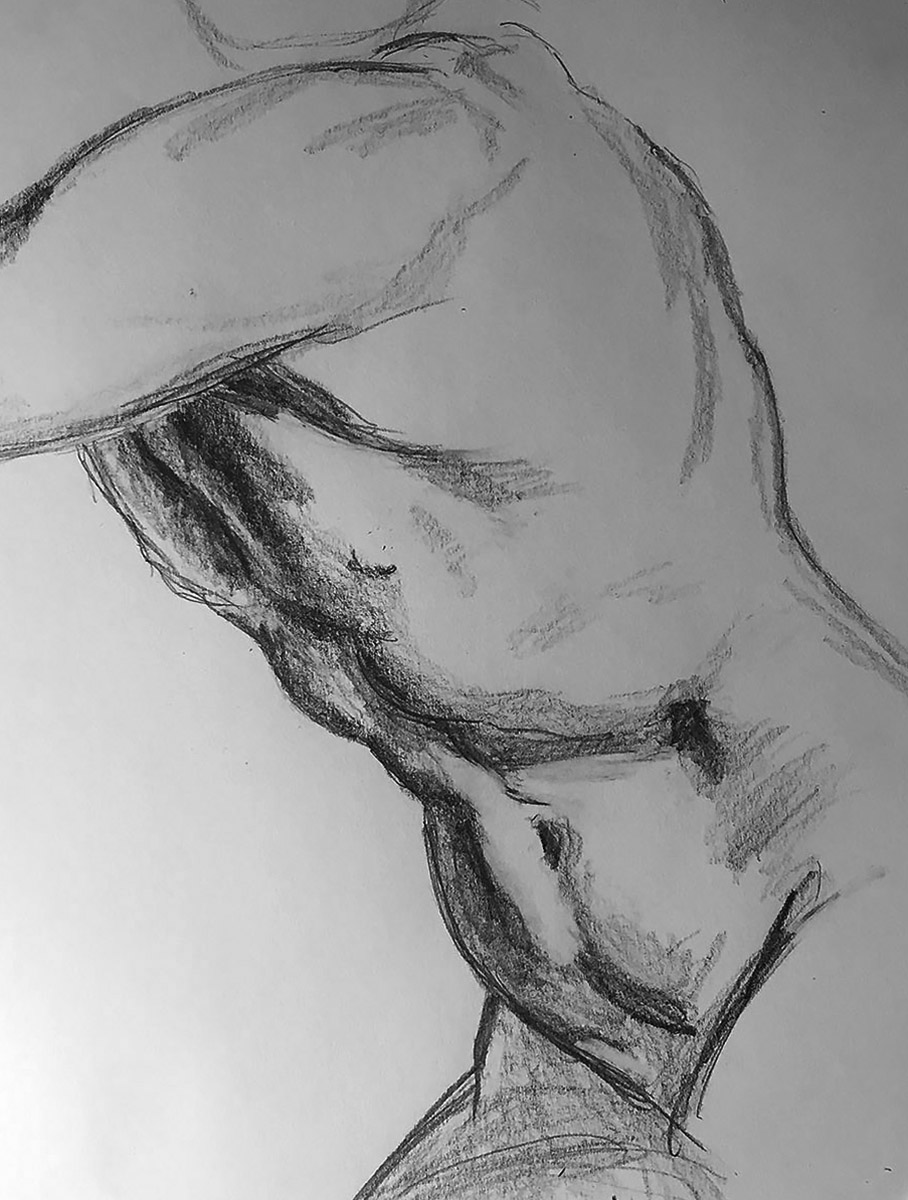
Here we have another drawing in pencil copied from a work by the Italian painter Annibale Carracci. I really don’t know much about Mr. Carracci, so let’s find out about him together unless you are an expert on Italian art then I must warn you that you will be extremely disappointed by not only this post but by my entire website. The following has been taken mainly from the Metropolitan Museum of Art Timeline. More specifically called the Heilbrunn Timeline of Art History. The Heilbrunn Foundation funded the art history timeline. The Heilbrunn Foundation was founded by Robert H. Heilbrunn, an investor and philanthropist. Unfortunately, Mr. Heilbrunn died in 2001. His estate still owns the entire history of art. So next time you want to go to a art museum or write a article on art history, stop and think, do I really want to be sued by the Heilbrunn Family?
Carracci and company also were influenced by the bright colors of Titian.
Let’s get back to Annibale Carracci. I’ve decided to get my information from Wikipedia just to play it safe. Carracci was born in 1560 and died in 1609. He was an art teacher and painter who lived in Bologna and Rome. Annibale along with his brother and cousin, who were also artists, created a style of Baroque art that was both dynamic and monumental in a classical sort of way. Their draftsmanship was greatly influenced by Andrea del Sarto and Raphael. Carracci and company also were influenced by the bright colors of Titian. They took effects of natural light created by Northern Italian artists and the composition of artists like Raphael. Annibale Carracci was instrumental in creating a classical style of art that also borrowed heavily on ancient Roman and Green artists. He along with Caravaggio were two of the most influential painters in the 1600s. As a teacher, the artists he taught went on to become the most influential in Roman painting.
